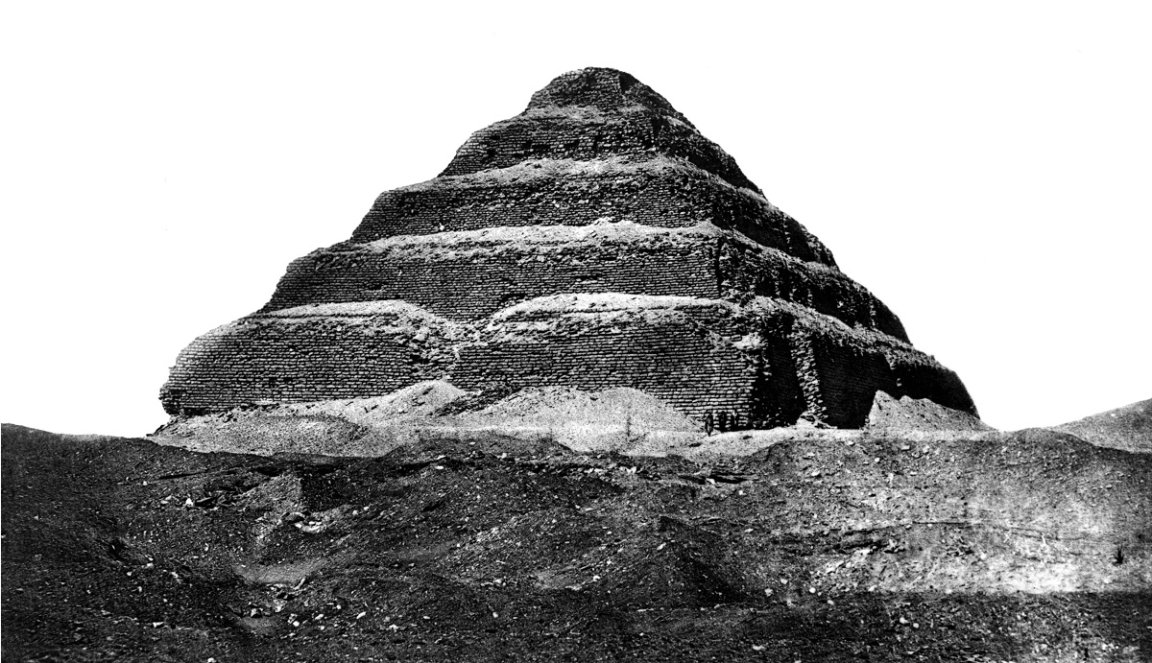
Lifty Heavy
It’s no secret that the ancient Eygptians were fairly technologically advanced for their day, but new research suggests that at least one pyramid was built using surprisingly sophisticated tech: hydraulic lifts.
As detailed in a new study published in the journal PLOS One, researchers say they’ve found evidence that the builders of the Pyramid of Djoser, also known as the Step Pyramid, used a system of trenches, tunnels, and a dam to channel water to the construction site, where they’d use it to raise and lower a floating platform that could carry heavy stones.
“Many theories on pyramid construction suggest that pure human strength, possibly aided by basic mechanical devices like levers and ramps, was utilized,” study lead author Xavier Landreau, CEO of the Paris-based research institute Paleotechnic, told Ars Technica. “Our analysis led us to the utilization of water as a means of raising stones. We are skeptical that the largest pyramids were built using only known ramp and lever methods.”
Tunnel Vision
Considered the oldest pyramid in Egypt, the Step Pyramid was built around 2680 BCE, roughly a century before the Great Pyramid of Giza. Historians believe it was designed by the legendary architect Imhotep, who was commissioned by the Pharaoh Djoser to build his eventual burial site.
After years of poring over ancient climate and archaeological data, the researchers found evidence that there was more water available in the pyramid’s region than once believed. This cast several structures in and around the complex in a new light, including a vertical shaft in the center of the Step Pyramid, where the researchers now believe the hydraulic lifts would’ve been located.
The shaft could have once received water from a connecting tunnel underneath the pyramid that’s over 650 feet long, which linked up with a network of other tunnels, and possibly an enormous trench that still surrounds the pyramid complex.
This theory could also explain the origins of a nearby stone structure known as the Gisr el-Mudir enclosure, whose purpose has long been a mystery. The researchers speculate that it would have served as a “check dam,” storing water during heavy floods and filtering it for sediments, which would prevent the tunnels from getting clogged.
Wet Reception
The findings have proved controversial among experts in the field, with detractors arguing that there wouldn’t have been enough steady rainfall to fill the tunnels with adequate amounts of water.
“These rains, even filling the wadis (a dry valley except in rainy seasons) with water, would not have been able to fill the dry moat even to a small extent,” Fabian Welc, director of the Institute of Archaeology at the Cardinal Stefan Wyszynski University in Warsaw, Poland, told CNN. “These waters would have been immediately drained by gravity deep into the rock massif, about which there is no doubt (unless it was a biblical flood).”
And Zahi Hawass, the former Egyptian Minister of State for Antiquities Affairs, more or less called the research a bunch of hogwash.
“I’ve been excavating in Gisr El-Mudir for the last 12 years,” Hawass told IFLScience. “There is not one single piece of evidence that I saw in my excavation to prove [that it was a dam].”
There’s a lot riding against the theory, and the study’s authors admit that more research is needed to prove their hunch. But credit to them, at least, for floating the idea.
More on archaeology: Scientists Detect “Anomaly” Underground Near Great Pyramid